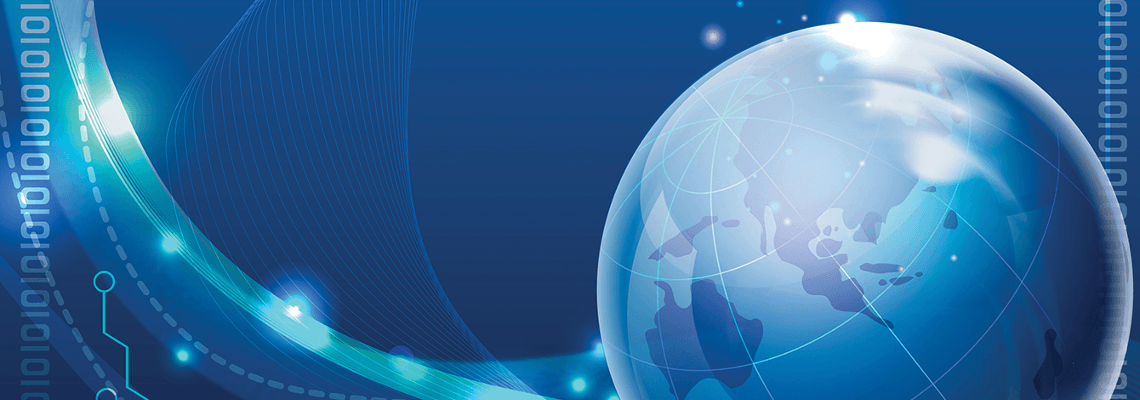3,200 units is the estimate by Power Systems Research of the number of Plate Compactors expected to be produced in North America in 2024.
Plate Compactors, also known as plate vibrators, are used to compact soils, base materials, sand beddings and pavers, to promote interlocking.
One key piece of equipment for almost all jobs is a plate compactor There are three main categories of plate compactors: a single plate, reversible plate and heavy-duty compactors, mostly used for soil and asphalt compaction. The most popular are reversible plate compactors because they can go in both directions (forward/backward).
This product information comes from industry interviews and from two proprietary databases maintained by Power Systems Research: EnginLink™ , which provides information on engines, and OE Link™, a database of equipment manufacturers.
Expect the production of Plate Compactors in NA to increase up to 10% by 2030. PSR
Carol Turner is Senior Analyst, Global Operations, at Power Systems Research







